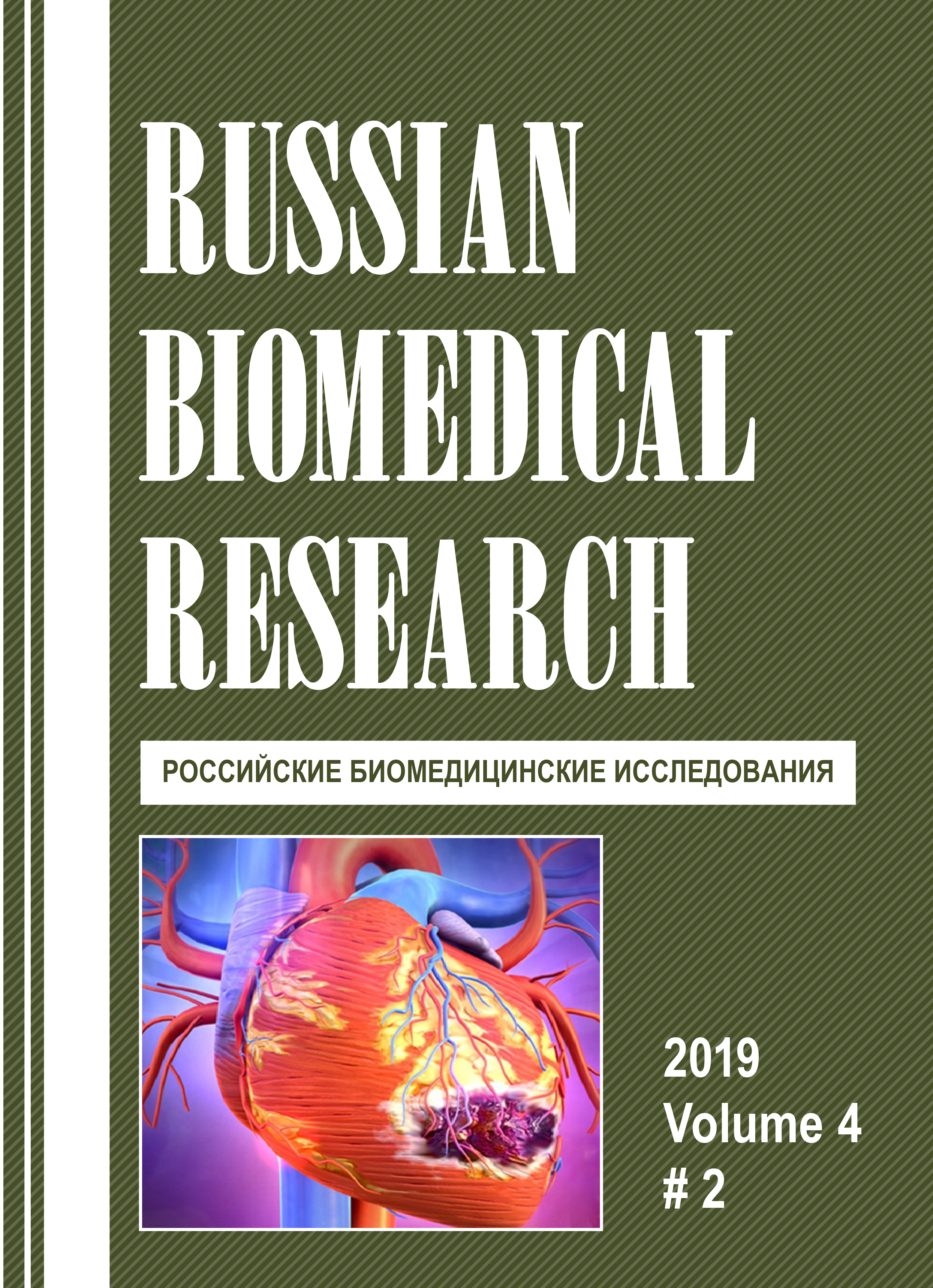FEATURES OF POSTURE FORMATION IN CHILDREN OF KHANTY-MANSIYSK WITH SIGNS OF NONDIFFERENTIATED CONNECTIVE TISSUE DISPLASIA
Abstract
In connection with the spread of undifferentiated forms of connective tissue dysplasia, it seems relevant to assess the impact of this pathology on the formation and disturbance of posture in school age children living in the northern region. 208 schoolchildren of Khanty Mansiysk were examined with a determination of the type of posture and external stigma of dysembryogenesis. Study participants with a number of stigmas from 0 to 5 were allocated to the comparison group (CG) (n = 66), the rest (6 and more) made up the study group (SG) (n = 143). A map was included for each subject, which included 43 signs of a hair dryer, with the definition of changes in the skeleton, skin and soft tissues, organ of vision, blood vessels. Assessment of posture was carried out with the division into the following types: normal, round back, flat and stooped back. According to the results of the study, undifferentiated dysplasia of connective tissue in children living in the northern region is much more common than in people living in temperate latitudes and affects the formation of pathological types of posture as an indicator of physical development with pronounced inter gender differences.



